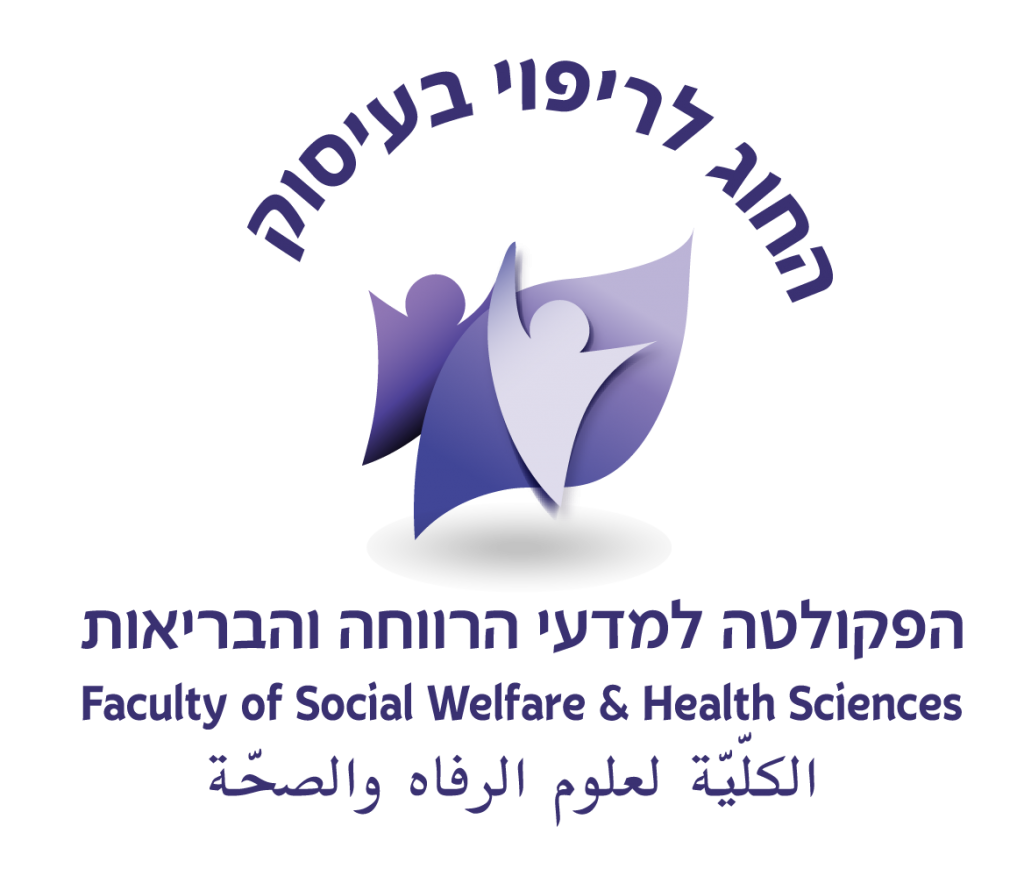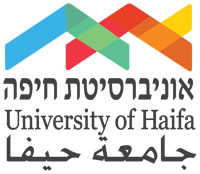Automatic segmentation as a tool for examining the handwriting process of children with dysgraphic and proficient handwriting.
Rosenblum, S., Dvorkin, A., & Weiss, P. L. (2006). Automatic segmentation as a tool for examining the handwriting process of children with dysgraphic and proficient handwriting. Human Movement Science, 25, 608-621. (Special issue about Handwriting). 10.1016/j.humov.2006.07.005
The purpose of this study was to use an x–y digitizer to collect handwriting samples typical of those written by the child in his or her natural environment, to analyze these samples with novel segmentation algorithms, and to present them visually in ways that illuminate spatial and temporal dynamic features amongst children with dysgraphic and proficient handwriting. While using the POET software (Penmanship Objective Evaluation Tool), a paragraph was copied onto paper affixed to an x–y digitizer by third-grade students, 14 with proficient and 14 with poor handwriting. A segmentation algorithm was developed to automatically isolate writing segments. Results yielded significant differences between the groups in various measures, including the number of the raw segments (i.e., the number of segments before combined with letters), the number of reverse segments (i.e., when the participant returned to correct or complete a previously written segment), the number of letters per minute, and the mean “In-Air” time between letters. Variability in both the spatial and temporal domains of instances of the same letter throughout the text was greater among the dysgraphic handwriters in comparison to the variability among the proficient. These results demonstrated the potential of using automated analytic techniques and visual display to achieve a more comprehensive understanding of handwriting difficulties.








